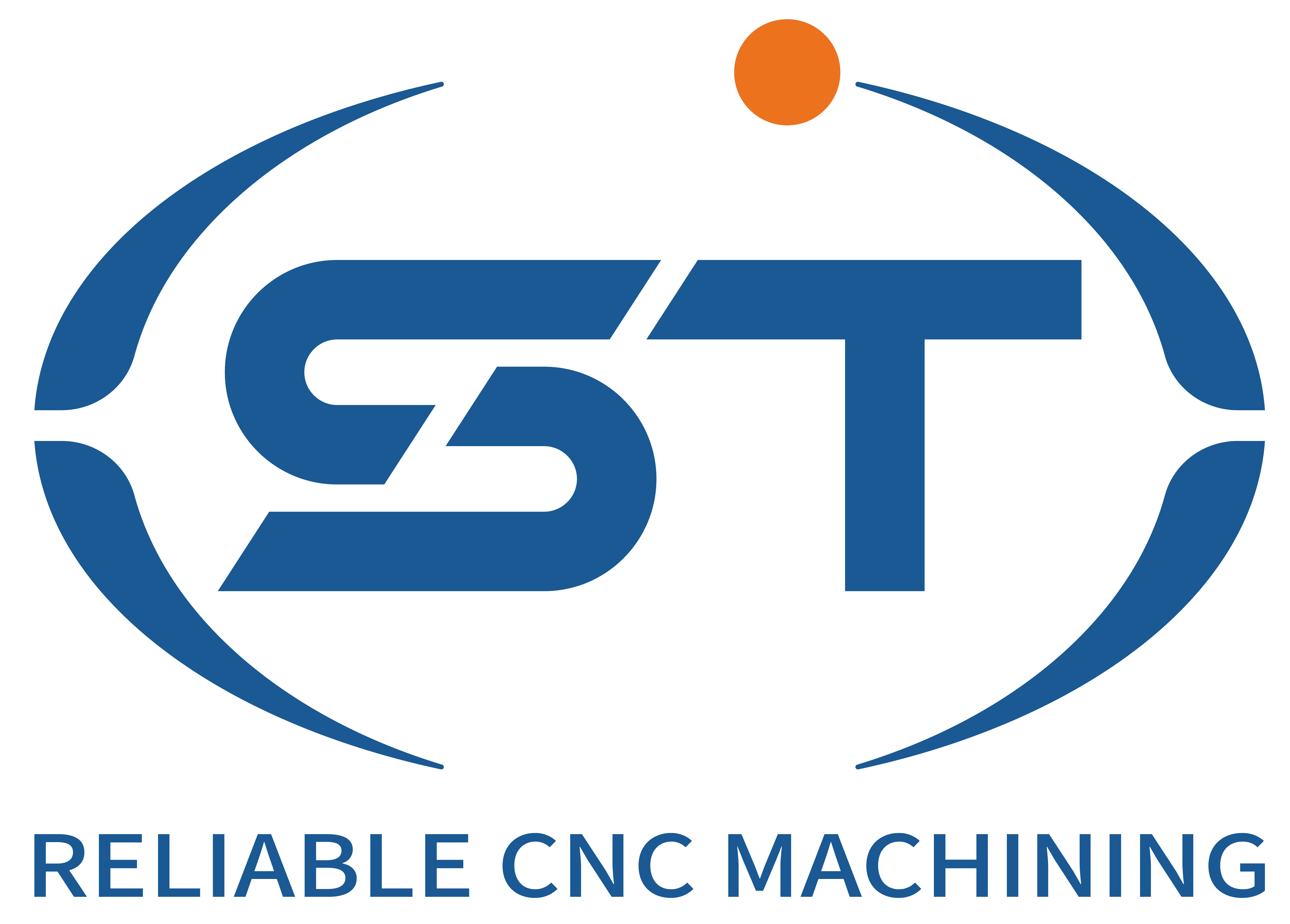The numerical control processing technology of automotive transmission parts involves multiple key points. The following is an introduction from several key aspects such as process flow, positioning and clamping, numerical control programming, tool selection, and quality inspection:
Technological process
The numerical control processing technology flow of automotive transmission parts is diverse. Taking gear parts as an example, the main process flow is forging billet → normalizing → precision turning → gear shaping → chamfering → gear hobbing → shaving → (welding) → heat treatment → grinding → meshing and finishing. After heating, the teeth are generally not processed again, except for the main and auxiliary teeth or parts that the customer requires to be ground. For the input shaft, the process flow is forging billet → normalizing → fine turning → hobbing → drilling → shaping → chamfering → gear hobbing → shaving → heat treatment → grinding → meshing and finishing. The output shaft is processed through forging and blank forming → normalizing → fine turning → gear rolling and hobbing → shaving → heat treatment → grinding → meshing and finishing.
Positioning and clamping
Positioning based on the center hole of the workpiece: In the processing of shafts, the coaxiality of the outer surfaces and end faces of the parts, as well as the perpendicularity of the end faces to the rotation axis, are the main items for their mutual position accuracy. The design reference for these surfaces is generally the center line of the shaft. If two center holes are used for positioning, it conforms to the principle of reference coincidence.
Using the outer circle and the center hole as the positioning reference (one clamping and one top) : Although the positioning with two center holes has high centering accuracy, its rigidity is poor, especially when processing heavy workpieces, it is not stable enough, and the cutting parameters cannot be too large. During rough machining, to enhance the rigidity of the part, the outer surface of the shaft and a central hole can be used as positioning references for processing. This positioning method can withstand a relatively large cutting torque and is the most common positioning method for shaft parts.
When machining the inner hole of a hollow shaft (for example, when machining the inner hole of a Mohs taper on a machine tool), the center hole cannot be used as the positioning reference. Instead, the two outer surfaces of the shaft can be used as the positioning reference.
Numerical control programming
Programming: The numerical control program can be input through editing software such as Notepad or Wordpad and saved as a text format file, or it can be directly input into the program using the internal editor of the SIEMENS802D system.
Program management: It includes operations such as creating new programs, program transfer (reading in programs, reading out programs), selecting programs to be executed, program copying, deleting programs, renaming programs, and program editing. For example, when creating a new program, press the corresponding key on the system panel to enter the program management interface. Press the new program key, and a dialog box will pop up. Enter the program name (if there is no extension, “.mpf “will be automatically added as the extension, and the subroutine extension” SPF “needs to be entered along with the file name), press the” Confirm “key, generate a new program file, and enter the editing interface.
Tool setting: When setting a single tool, a tool needs to be created and the current tool set. The tool is set by measuring the workpiece, that is, the outer circle and end face of the part are test-cut with the selected tool. After measurement and calculation, the coordinate value of the center point of the part’s end face is obtained. When setting multiple tools, use tool No. 1 as the reference tool. The setting method for the reference tool is the same as above. The reference data is recorded in C54. For non-reference tools, a new tool needs to be created. Enter the corresponding interface and install the non-reference tool on the spindle using the MDA method. Click the soft key on the interface to set the tool and enter the corresponding interface. Enter the thickness of the feeler gauge in the text box corresponding to “Offset”. Enter “54” in the text box corresponding to G, click the soft key to calculate and confirm, and the length offset data of the non-reference knife is set (the data is set in length 1).
Tool selection
General-purpose cutting tools: For some easy-to-machine materials, such as 20CrMnTi, which have relatively low hardness, the general-purpose cutting tools equipped on various machine tools can meet the processing requirements.
Composite cutting tools: The modular structure of composite cutting tools features high precision, reusable tool holders, and low inventory, and is widely adopted. It can significantly reduce processing time and enhance labor efficiency. When the precision requirements are not high and standard tools can achieve relatively good processing results, standard tools should be adopted as much as possible to reduce inventory and improve interchangeability. Meanwhile, for parts produced in large quantities and those with high precision requirements, the use of advanced non-standard compound cutting tools can better improve processing accuracy and production efficiency.
Quality inspection
Intermediate inspection: It is arranged after the rough machining of gear hobbing, before the hot pre-machining before carburizing and quenching, and the final inspection is carried out after all processes are completed.
Process monitoring: During the processing, various methods can be adopted for monitoring and control, such as measuring tool wear, workpiece size, cutting force and other parameters. Meanwhile, real-time monitoring and control can also be carried out by using devices such as sensors and monitoring systems. When problems are identified, they should be dealt with promptly, such as changing tools, adjusting processing parameters, and reprogramming. Meanwhile, the processing procedures should also be recorded and analyzed to further improve the processing technology and enhance production efficiency.




